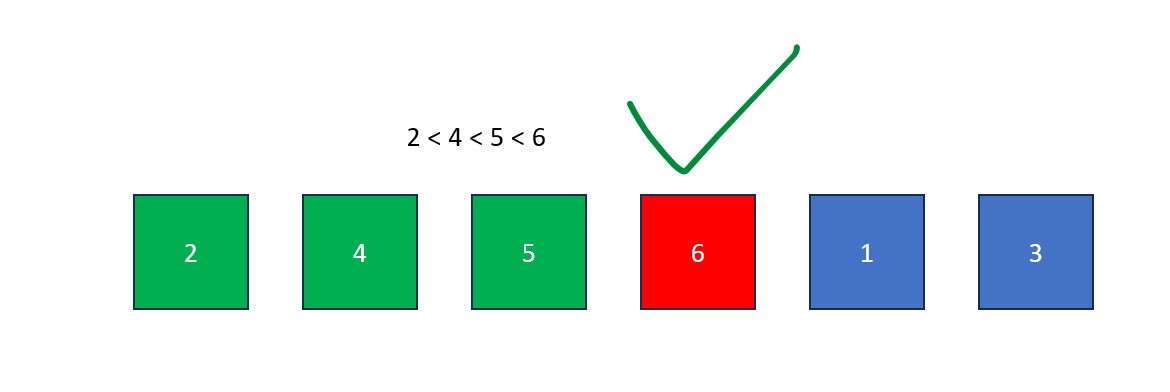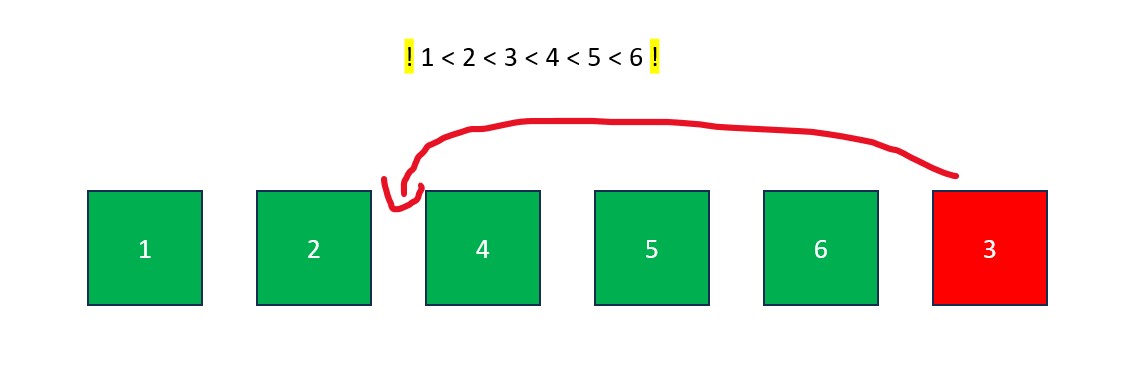Procedure for ASCENDING Insertion Sort:
- Locate the second element. Compare it to the value left of it, swapping elements if needed to get the first two elements into ascending order.
- Repeat step 1 but with the third element and the two elements to the left of it, inserting where proper in the already sorted part of the list.
- Do the same for the fourth, fifth, and sixth elements, sliding them leftwards (and the elements it passes over rightwards) until they are inserted into the correct spot.






Fun Fact #1: The theory behind
insertion sort is used to implement shell sort, another popular (and more efficient) sorting algorithm.
Fun Fact #2: Similar to selection sort, insertion sort is extremely slow for large datasets.